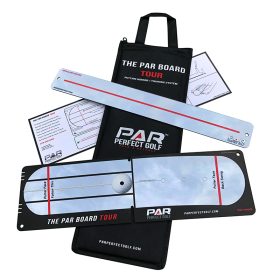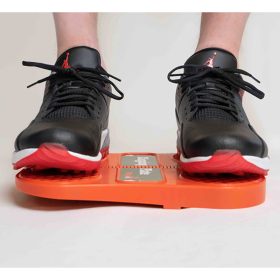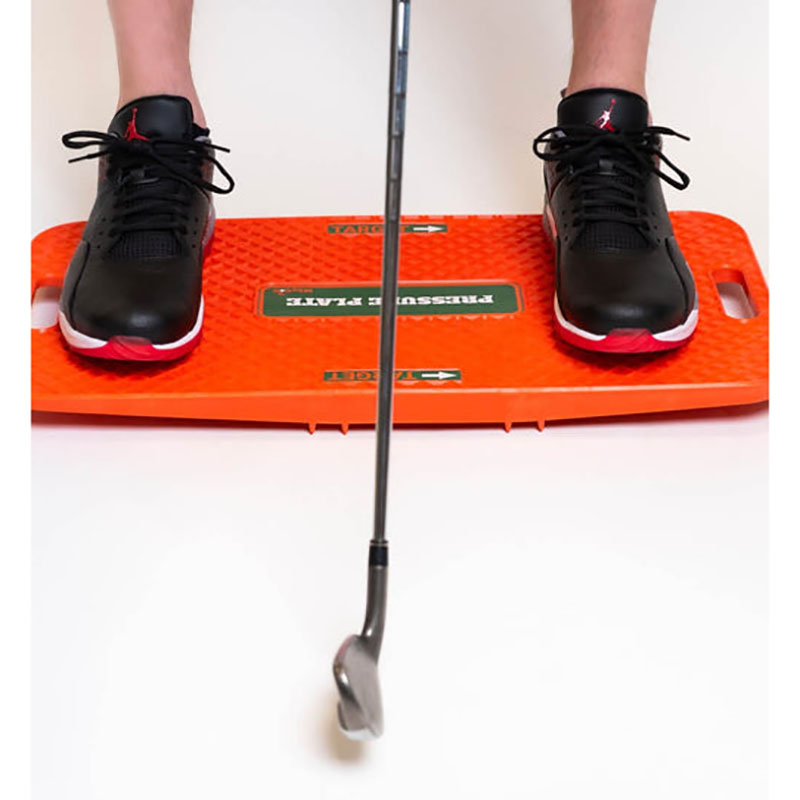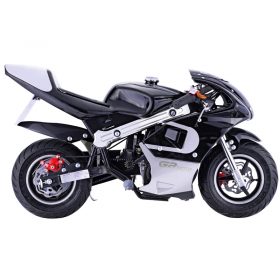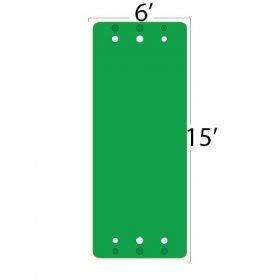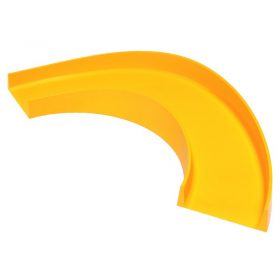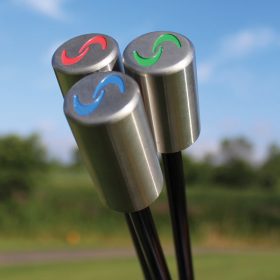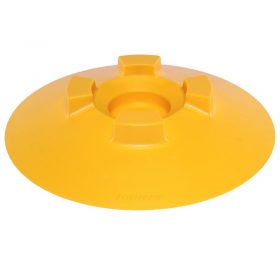Description
WhyGolf Pressure Plate – Golf Swing Trainer Shifting your weight in a swing is important, but itís hard to know when and by how much. The Pressure Plate solves that by tipping only when you shift your weight correctly. You know in real-time, every time. WhyGolf Pressure Plate Benefits: * Add speed and consistency to your golf swing by learning how to shift your pressure effectively – without swaying * Take the guesswork out of your pressure shift – the Pressure Plate will only tilt when you do * Spikes on the bottom to facilitate a stable connection with the ground * Can be used indoors or outdoors Pressure vs. Weight: Whatís the Difference? In the golf world, the words weight and pressure are often used interchangeably but the two indicate different things. Instructors, for simplicityís sake, often talk about ìweightî with their students when they are actually talking about ìpressureî, so itís important to delineate the two. Weight – the location of our center of mass Pressure – the force we apply to the ground In the golf swing, a playerís weight and pressure can often be in different places at the same time. When a sprinter launches himself off the starting platform at the beginning of a race, he exerts significant pressure to the platform while keeping his weight (center of mass) forward. Put simply, the sprinterís pressure and weight are moving in opposite directions. How does this apply to the golf swing? Just like the sprinter, a golferís weight and pressure can be in different places at the same time. With practice, we can learn to shift our pressure without significantly shifting our weight, which will allow us to use the ground for power – without swaying. In the following sections, we will explore how the Pressure Plate can be a great tool to help golfers shift pressure effectively. Why Care About Pressure Shift in the Golf Swing? A proper pressure shift is a fundamental component to a mechanically sound golf swing. Without a consistent, repeatable transfer of pressure, a player will struggle to attain consistent contact and speed. While one can identify minor differences in those who play the game for a living, we must acknowledge that few, if any, successful professional golfers have a reverse pressure shift (i.e., the transfer of pressure to the trail leg in transition and into the follow-through). We see the vast majority of professional golfers shift pressure to their trail leg in the backswing, and have most of their pressure to their lead leg before impact with their center of mass also moving that direction. In a nutshell, we want our weight to stay generally centered in our stance while our pressure moves to at least 60% to our trail foot in our backswing and then at the beginning of our transition 70% or more to our lead foot. This should happen before our hands have gotten back down to waist high. The Design and Logic of the Pressure Plate Now that weíve established why we donít use the words weight and pressure interchangeably, letís talk about the philosophy behind the Pressure Plate. Our aim in designing the product is to give golfers a simple tool that provides real-time feedback on where they are allocating pressure throughout the swing. While many of us understand theoretically that pressure should move from our trail leg to our lead leg as we hit a golf ball, we often fail to accomplish this in practice. This shouldnít come as a surprise; most of us can appreciate how hard it is to translate and apply what we know about the golf swing to our actual motor patterns. A key benefit to the Pressure Plate is that it allows a golfer to feel when they are shifting pressure correctly in the golf swing without the presence of an instructor. Thereís also no need to video your swing to try to see if or when you are shifting pressure from one foot to the other – the Pressure Plate will give you real-time feedback as you swing. The Pressure Plate will tip backward to our trail leg when 60% or more of the golferís pressure is applied to their trail side. It will tip forward to the lead leg when 70% or more of the golferís pressure is applied to their lead side.

